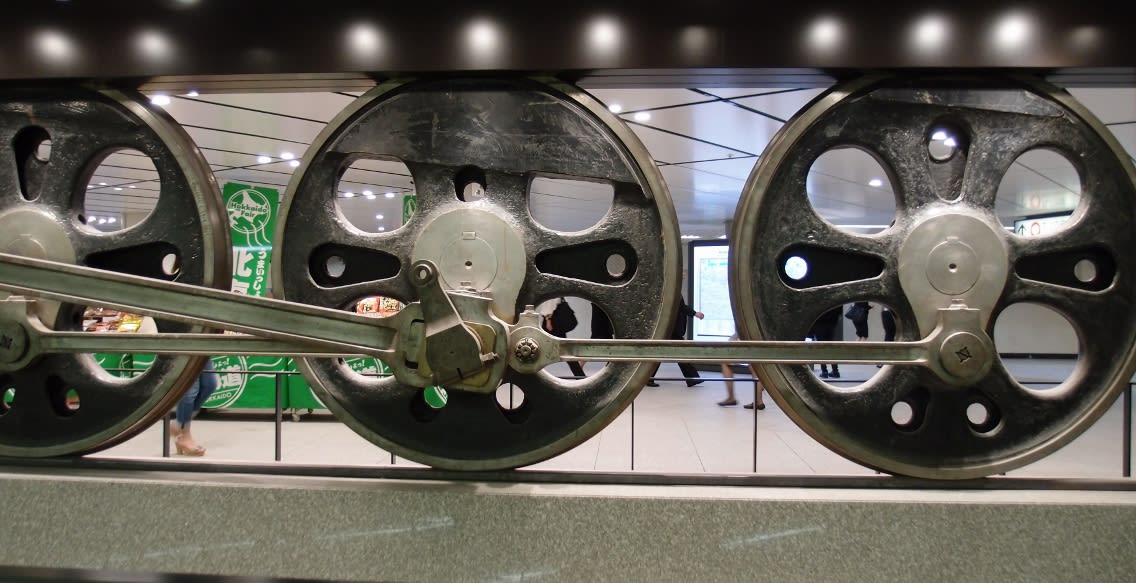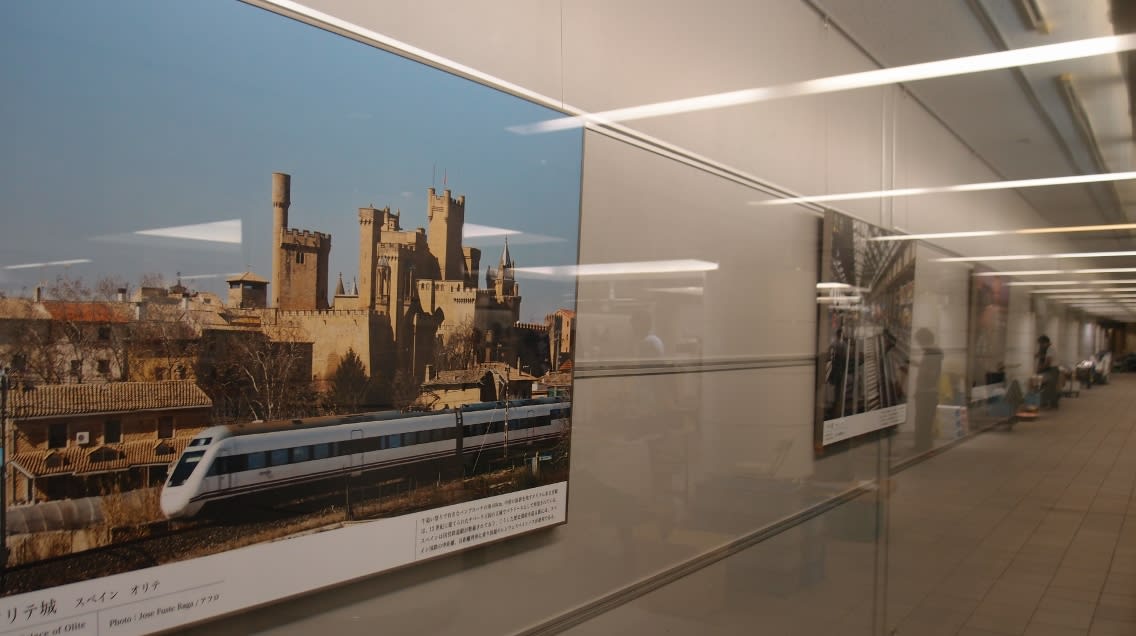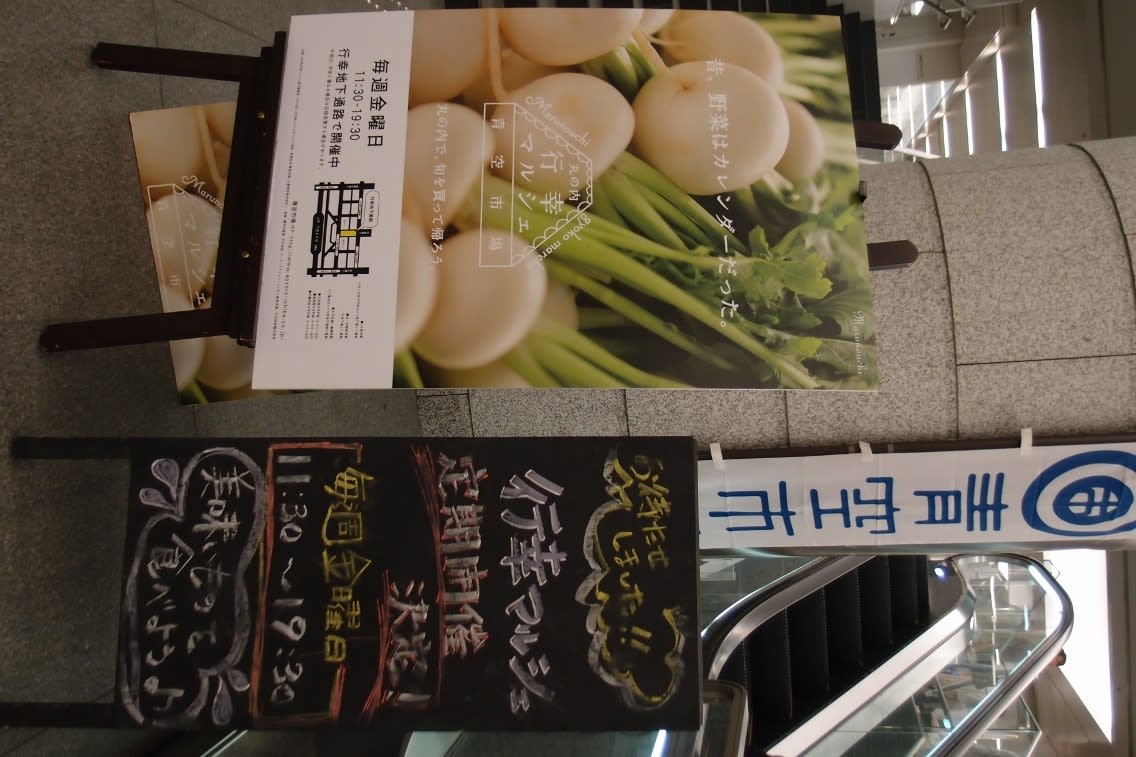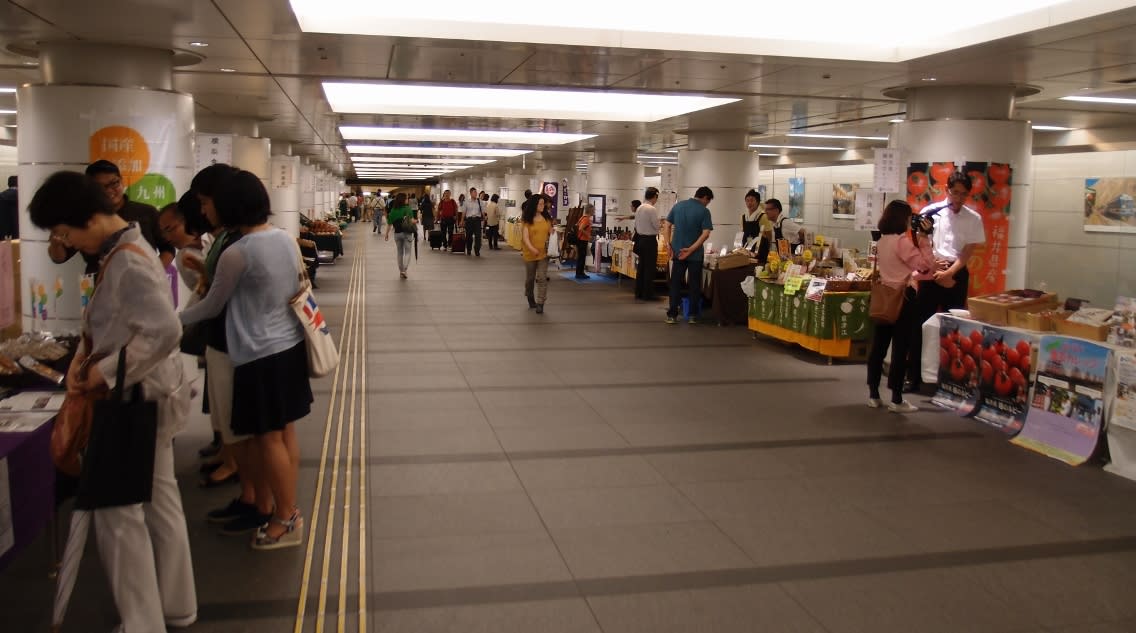http://www.kudamononavi.com/zukan/cherry.htm#NO1
Cherry fruit nutrition facts
Wonderfully delicious, cherry fruit is packed with full of health-benefiting nutrients and unique antioxidants. Cherries are native to Eastern Europe and Asia Minor regions.
Botanically, the fruit is a “drupe” (stone fruit), belonging to the broad Rosaceae family of small tree fruits in the genus, Prunus. Some of the common “drupe” family fruits are plums, peaches, apricots etc. Although several species of cherries exist, two popular cultivars are wild or sweet-cherry, and sour or tart-cherry. While sweet cherries belong to the species of Prunus avium, tart variety belongs to that of Prunus cerasus.

Cherries are drupe fruits with a central “stony-hard” seed surrounded by edible fleshy fruit measuring 2 cm in diameter. Externally the fruits have bright "shiny" red or purple color with very thin peel.
The West Indian cherry fruit known as acerola (Malpighia emarginata) is native to West Indian islands and grown in Mexico, Texas regions in North America. Acerola belongs to tropical fruit-bearing shrub or small tree in the family Malpighiaceae and contains 2-3 tiny seeds. Acerola contains exceptionally high levels of vitamin-C and vitamin-A than North American and European cherries.






































